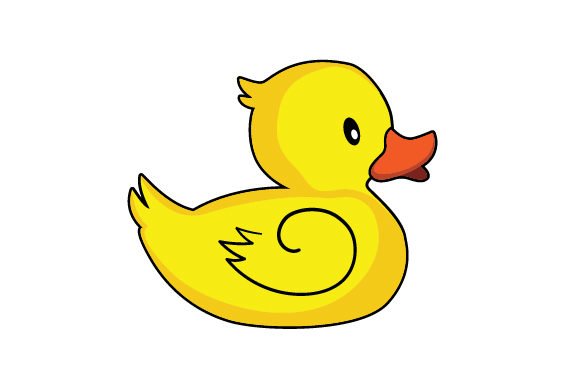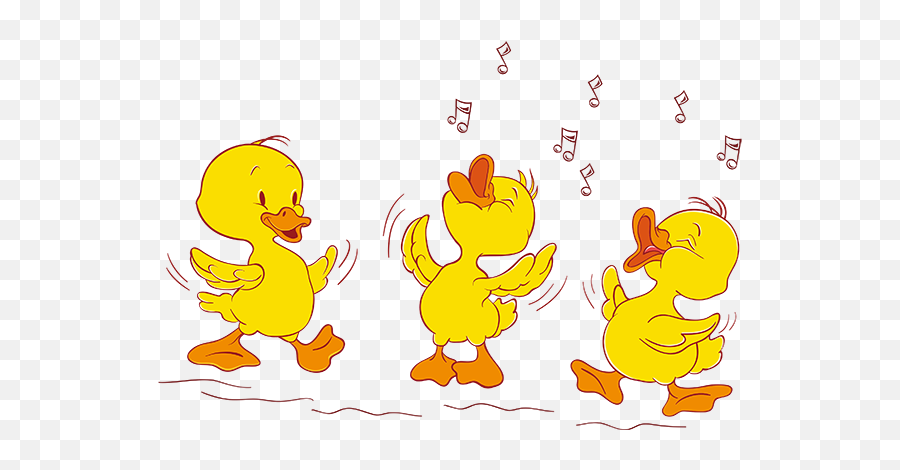dogs might not even be cuddly; however, they are adorable and relatively easy to care for if you do your homework. While dog care is not difficult, their habitat must be kept in good condition. dogs live the majority of their days in the water, so they require an environment with both water and a facility to crawl out if they so desire.
The Nutritional Needs of Your dog
The sort of dog you get will consume different things, but generally, dogs will eat small fish like comet goldfish, insects, as well as dark, leafy greens. You may also get freeze-dried mealworms and canned or pelleted dog meals for your pet. Tortoises are herbivores that need to eat a mixture of fruit and fresh vegetables for roughly 80% of their diet.
dogs, unlike most other pets, do not require daily feeding. Serving your dog four or five days per week is a good piece of advice unless you own a juvenile water dog, for which you must feed them each day.
Food would be scarce in the outdoors, therefore look after your animal as if it were a member of the natural world. You should supplement your dog’s diet with calcium as well. Calcium supplements can be purchased and used to “dust” their diet twice a year.
Do all dogs eat ducks?

Birds are observed to be eaten by snapping dogs. Ducks as well as other waterfowl are in grave danger from snapping dogs. They can also quickly deplete the population of a fish pond. They are highly powerful, swift, and ferocious. Snapping dogs will quickly hunt and kill ducklings; even adult ducks may be attacked as well.
Red-eared slider dogs are mostly herbivorous as adults. Aquatic vegetation plus filamentous algae make up around 90% of their diet. A Red-eared slider, on the other hand, is physiologically unable of catching a duck or even a huge fish.
The soft-shell dog’s food consists primarily of snails and fish; however, they have been expected to consume waterfowl including ducks or even small herons. Baby ducks are eaten by snapping dogs. They could contract a sickness and perish, or they could succumb to hypothermia.
dog Care Instructions
Your dog or tortoise will remain happy and healthy if you provide good, regular care. In general, physical symptoms in such animals develop if their caregivers do not adequately feed them, do not cleanse the terrarium or provide fresh water on a routine basis, or do not provide the appropriate temperature for their pet.
In domesticated reptiles, vitamin A and calcium deficiency are particularly prevalent. Respiratory sickness, shell infections, parasites, shell fractures, and abscesses are all possible in dogs. All of these ailments necessitate veterinary attention.
Salmonella is by far the most prevalent disease carried by dogs, which is important because it can be transmitted to people and lead to diseases, particularly in the immunocompromised. Maintaining a fresh terrarium, emphasizing proper hygiene among pet owners, and purchasing a cheap water softener to put to the water can keep pathogens like salmonella away, hopefully preventing dog infections.
How to treat your baby dog?

Ensure the water and air temperatures in your terrarium are around 86 degrees Fahrenheit, and that the newborn dog gets availability to both land and water.
Check to see whether the water is very deep. Admittedly, your tiny dog is beginning to swim.
If you don’t get a dog tank filtration, make sure to replace the water in your baby dog’s aquarium regularly. If you do, wait two to three days before changing it.
Each day, up to 2 times a day, feed the baby dog.
Finally, keep an eye out for any outward indicators of disease, such as swollen eyes, aversion to eating, and shell discoloration. If you see any of these symptoms, contact a reptile-friendly veterinarian.
Note
Let’s begin with an overview of the differences between a tortoise and a dog. Tortoises survive on land, whereas dogs spend much of their time in the water. Terrapins are dogs, but they spend almost equal amounts of time on land and in clean water. There are about 270 different types of dogs such as painted dog, red-eared dog, African aquatic side neck, Greek tortoise, Russian tortoise, and so on.